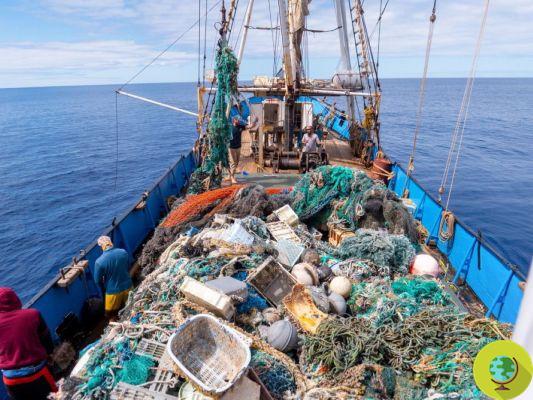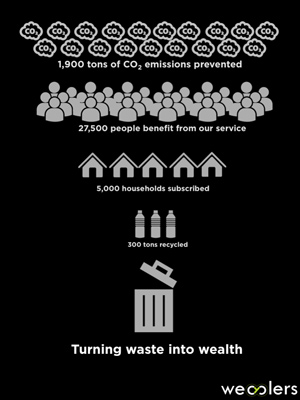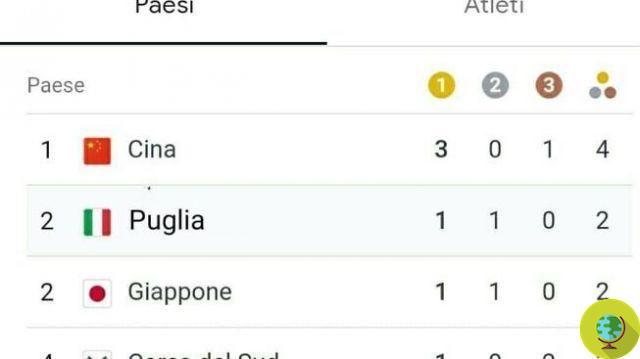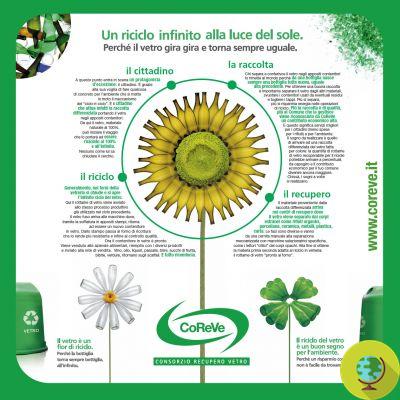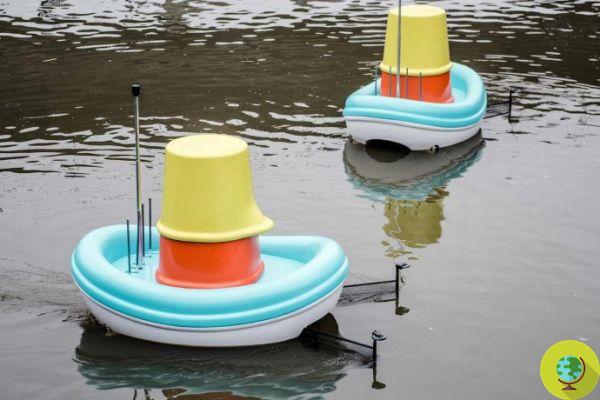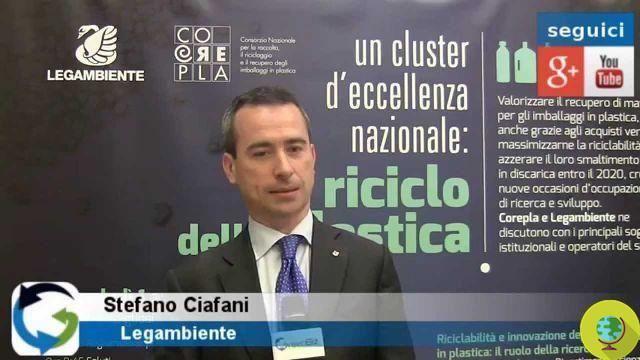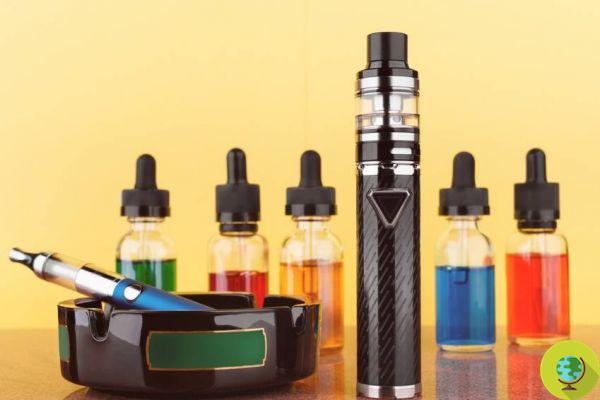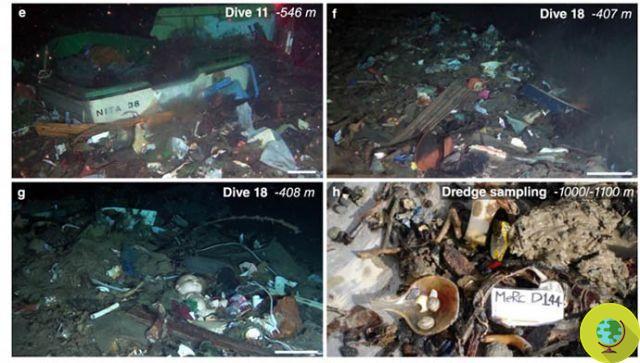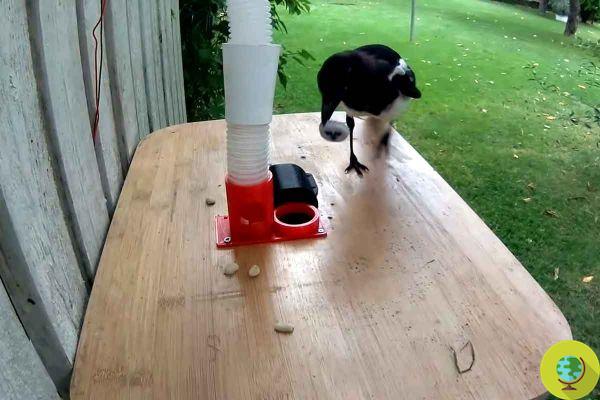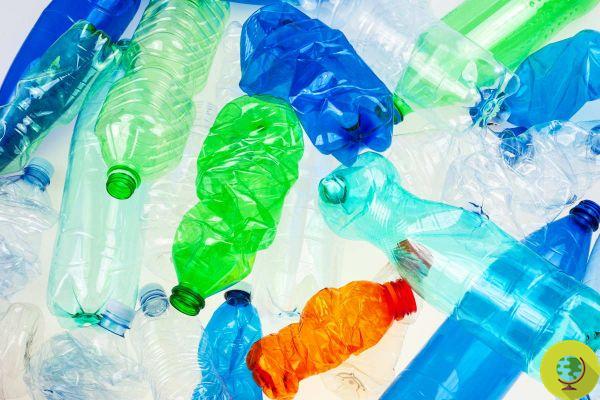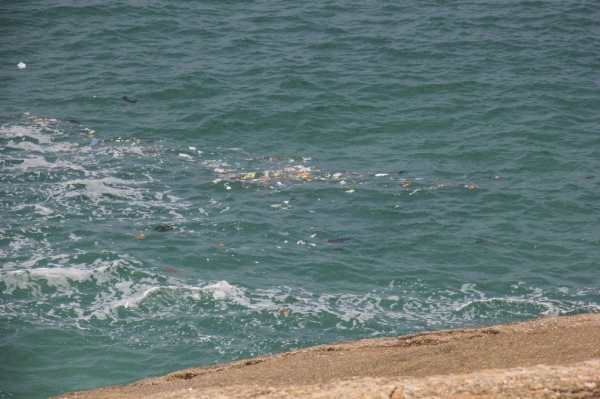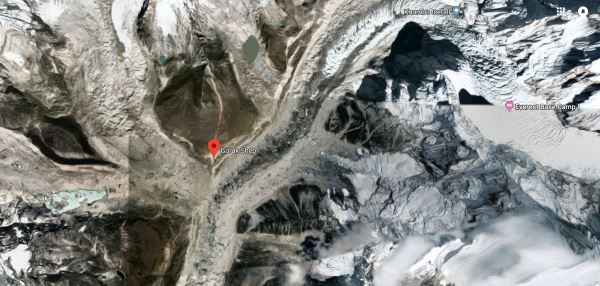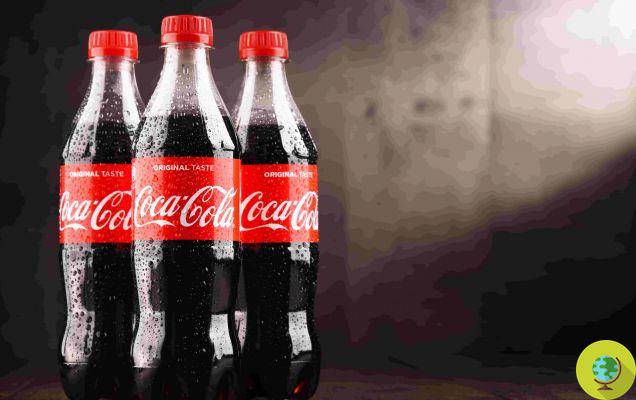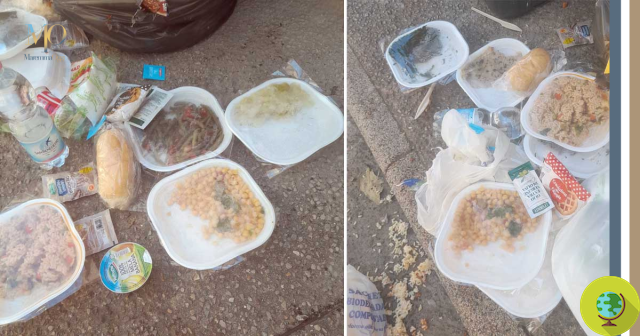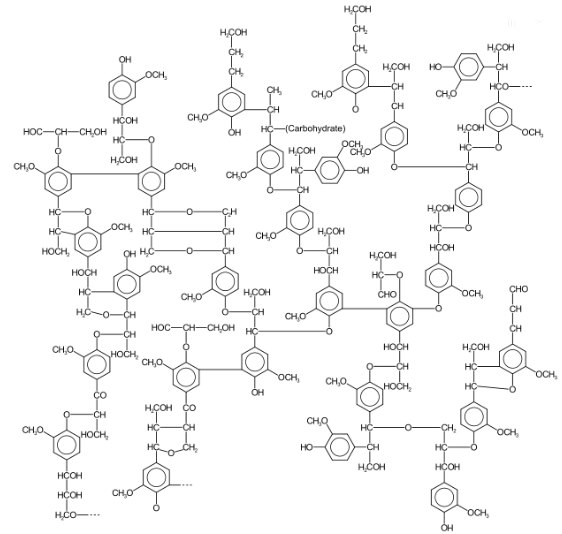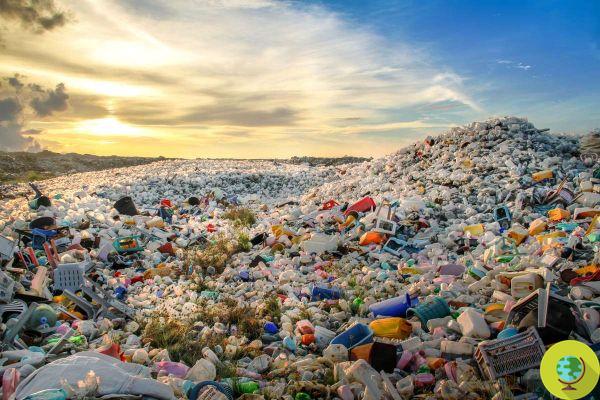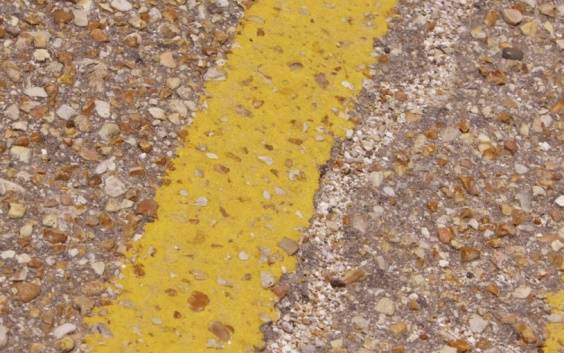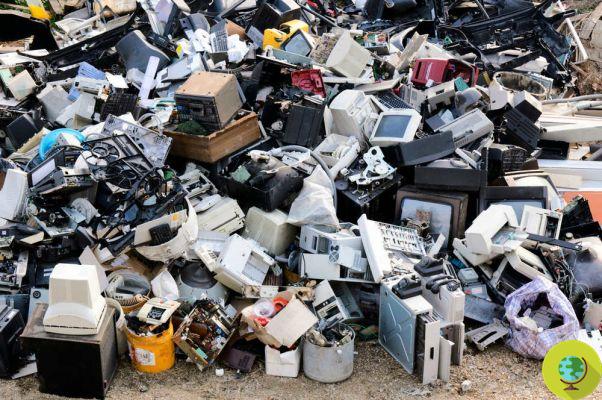
According to the experts of the e-Waste Academy, the material recovered from the WEEE is worth more than that extracted from the gold mines
He is about to end up run over, his mother saves him
I electronic waste they are worth more than gold. According to the experts ofe-Waste Academy, gathered in Ghana for the first world meeting for the promotion of correct management and electronic waste disposal, the material recovered from the WEEE is worth more than that extracted from the gold mines.
Organized from Solving the E-waste Problem (StEP) of the United Nations and the Global e-Sustainability Initiative (GeSI), the event took stock of WEEErevealing that they could be a veritable mine of wealth. Due to the still reduced recycling, they could provide a material 50 times more valuable than that extracted from gold mines.
Suffice it to say that 320 tons of gold and 7.500 tons of silver are used every year for the worldwide production of electronic devices, from PCs to smartphones. But less than 15% is recovered in developed and developing countries. These municipal electronic waste deposits are therefore 40 to 50 times richer than the mines themselves, as confirmed by experts from GeSI and StEP e-Waste Academy from Africa.
Mind-boggling figures. Extracting and recovering these precious materials from the WEEE would earn 21 billion dollars. A fortune that should give away a treasure hunt. Gold prospectors should leave the rivers and move to the landfills. The production of these high-tech products requires more than 16 billion dollars of gold and 5 billion dollars of silver for a total of 21 billion dollars, equal to the GDP of El Salvador, currently thrown away in e-waste. . Most of these precious metals will be lost.
As for gold, alone it constitutes 5,3% of electrical and electronic products consumed and thrown away, going from 197 tons in 2001 to 7,7% last year with 320 tons, equal to 2,5% of gold reserves. of the United States.
In that same decade, even though the annual supply of gold worldwide grew by 15%, from 3.900 tons in 2001 to 4.500 tons in 2011, the price per ounce rose from $ 300 to more than 1.500. With an expense that also affects the cost of gadgets.
Thanks to the volume and value of precious metals that waste contains, developing countries that have activated correct campaigns of Recycling, have collected up to 80-90% of their WEEE. However, around 50% of the gold in e-waste is lost in the process of dismantling crude oil. In developing countries, only 25% of what is left is recovered through recycling processes compared to 95% in modern recycling plants.
How to recover 85% of the gold that is lost? The efforts of the GeSI and the StEP e-Waste Academy consist in helping to create networks between policy makers and other interested parties to share information and ideas to promote real solutions to transform e-waste into a resource for in favor of the green economy, as he pointed out Luis Neves, President of GeSI: "More sustainable consumption patterns and recycling of materials are essential if consumers continue to use high-tech devices that support communication, smart transport, smart buildings and much more".
“Rather than looking at e-waste as a burden, we need to see it as an opportunity,” said Alexis Vandendaelen at the meeting.
Why waste can turn into gold. Literally.
Francesca Mancuso




